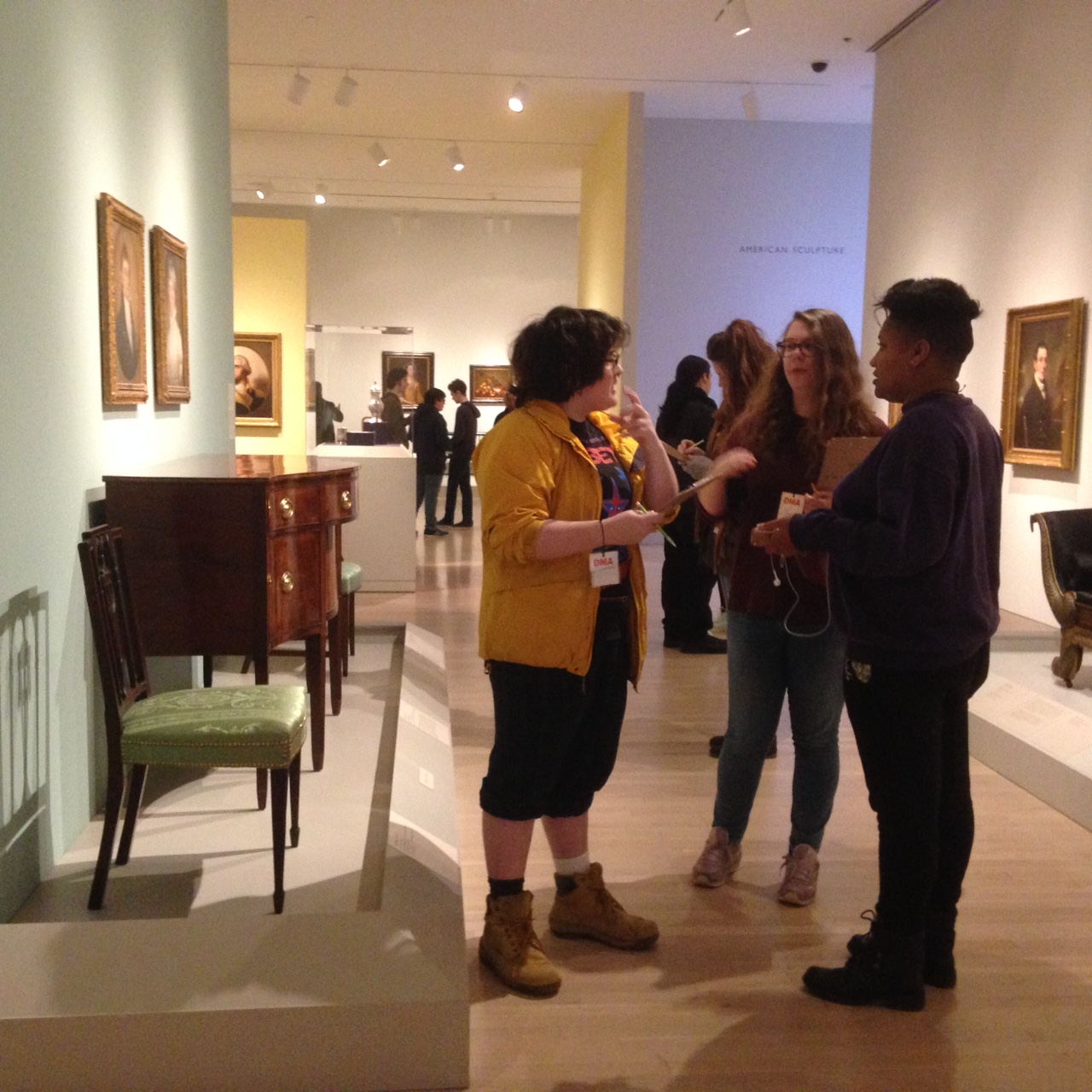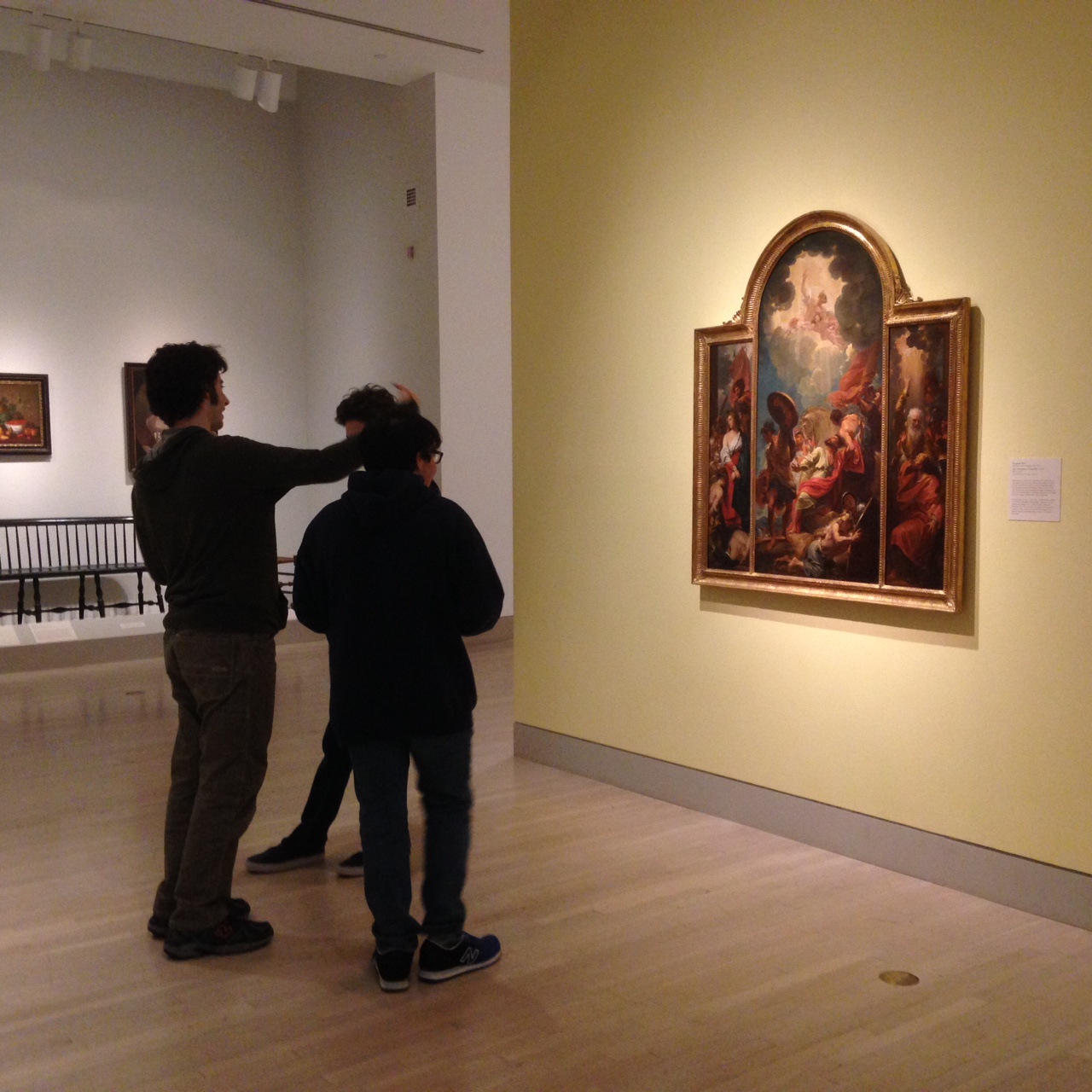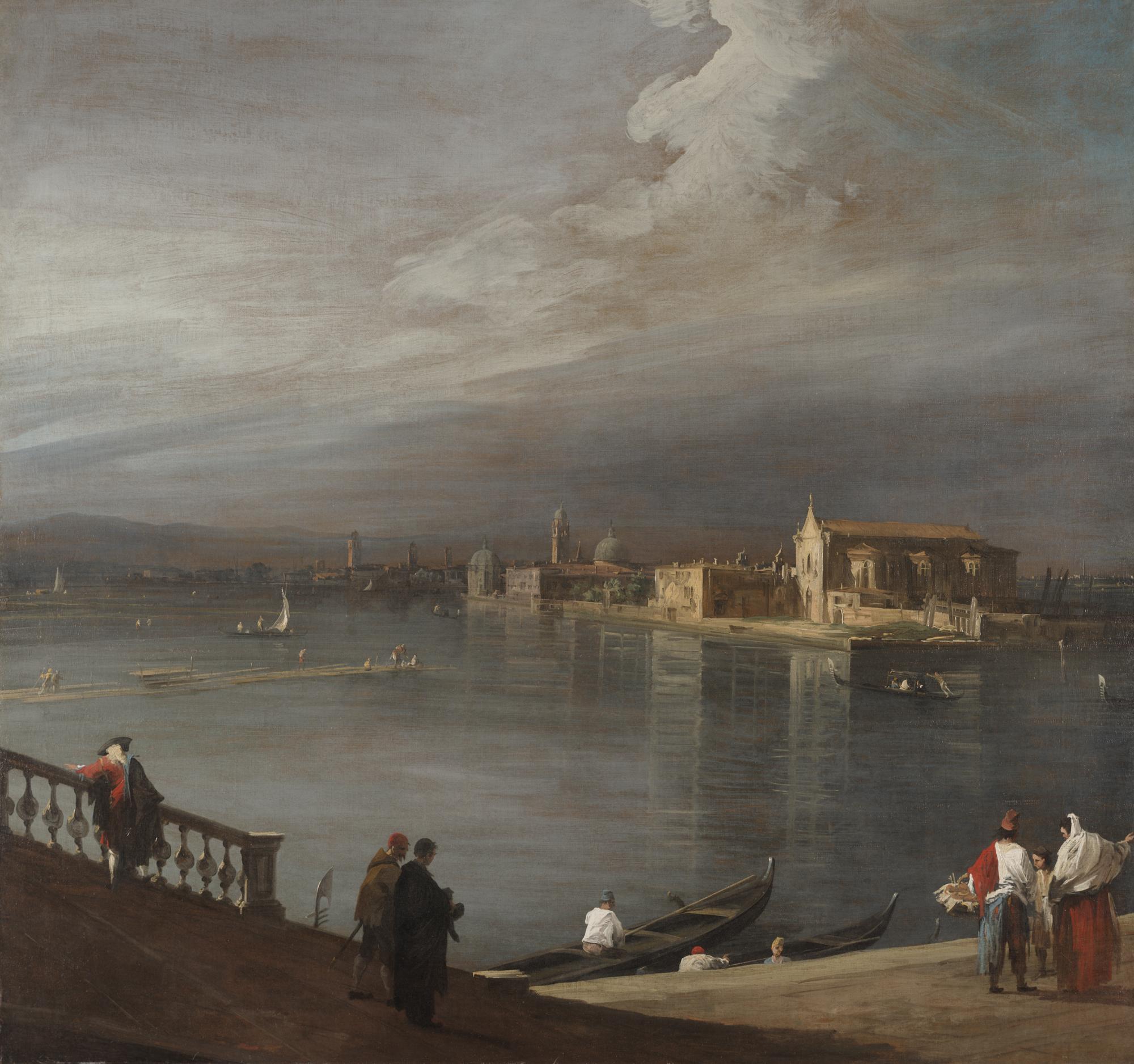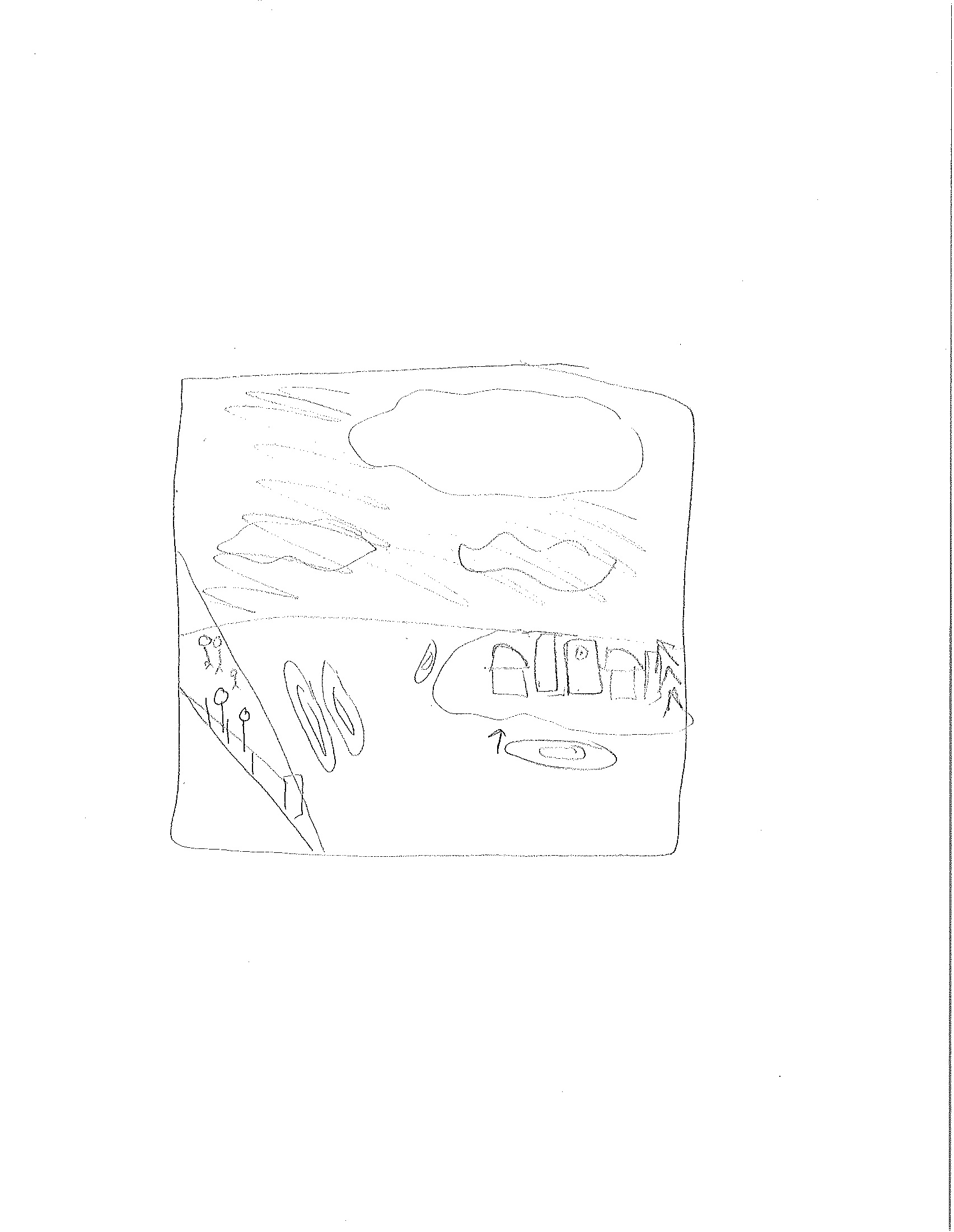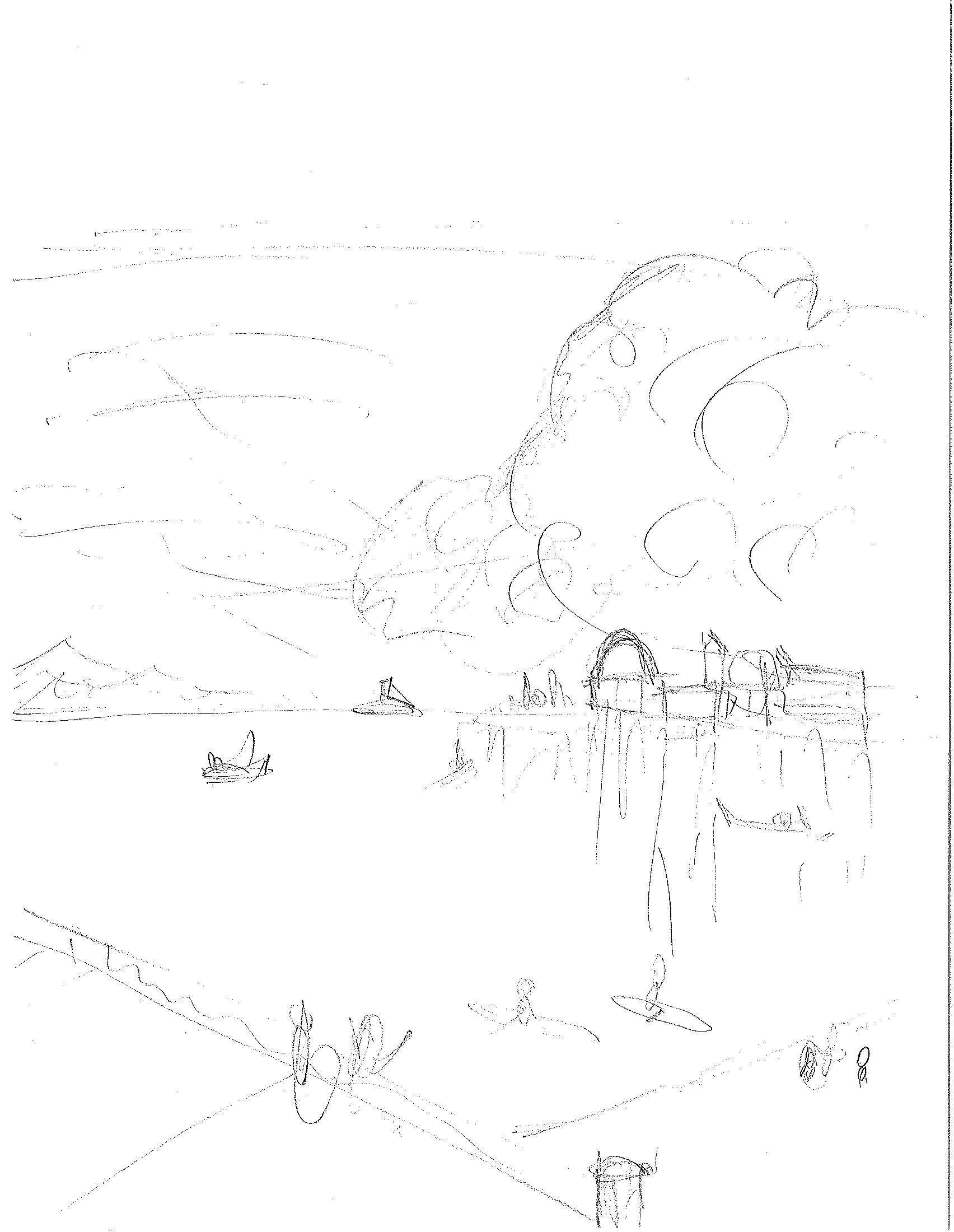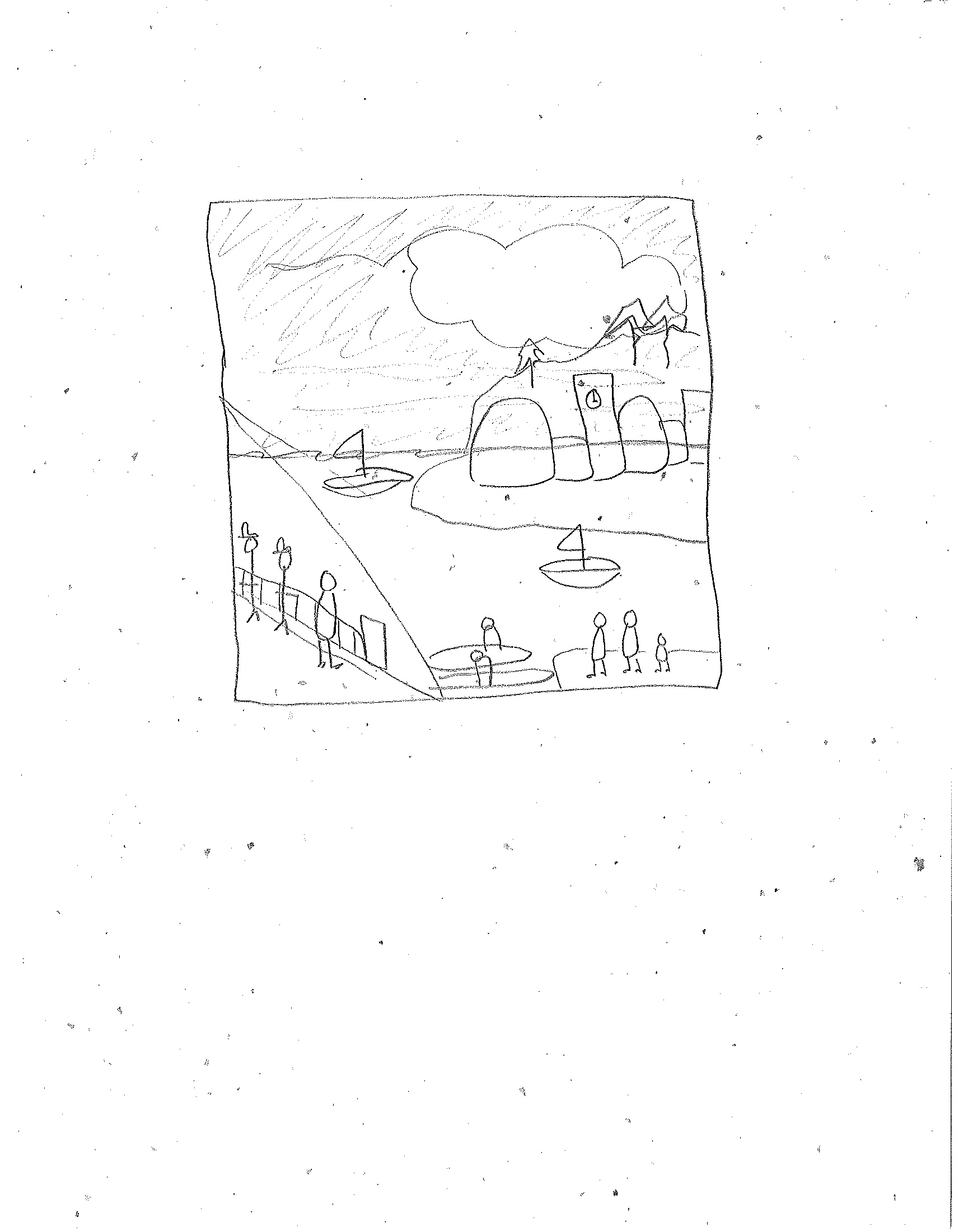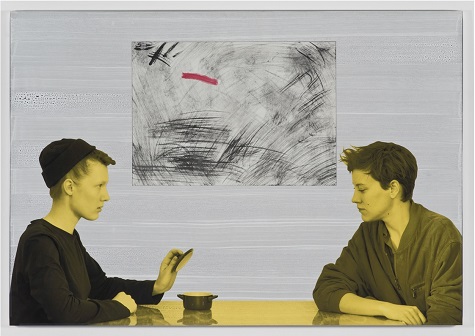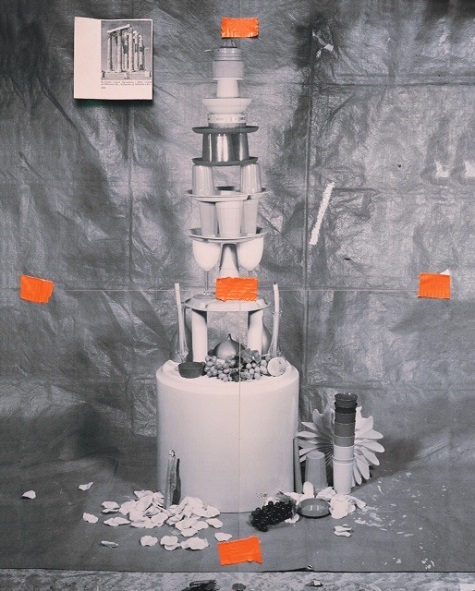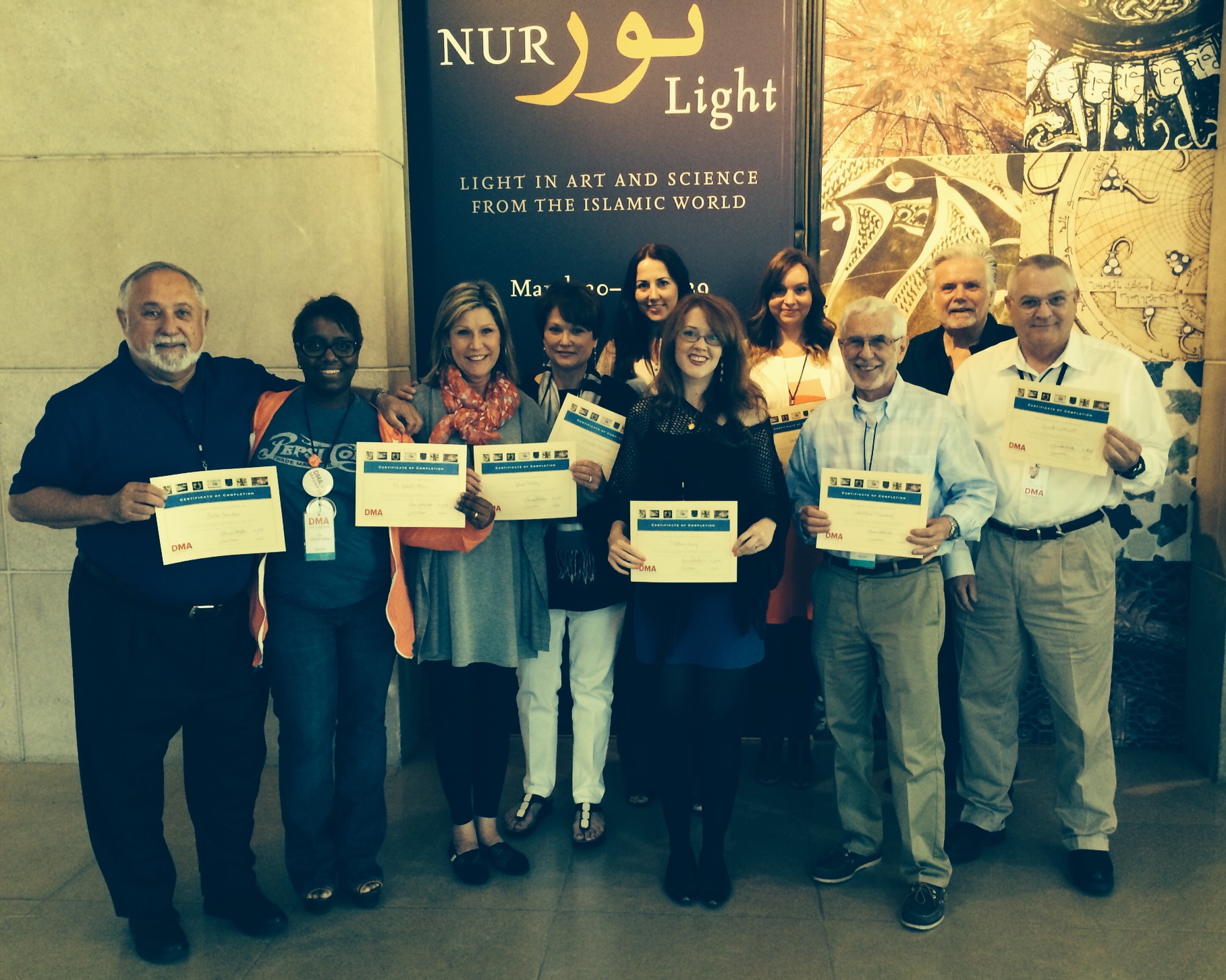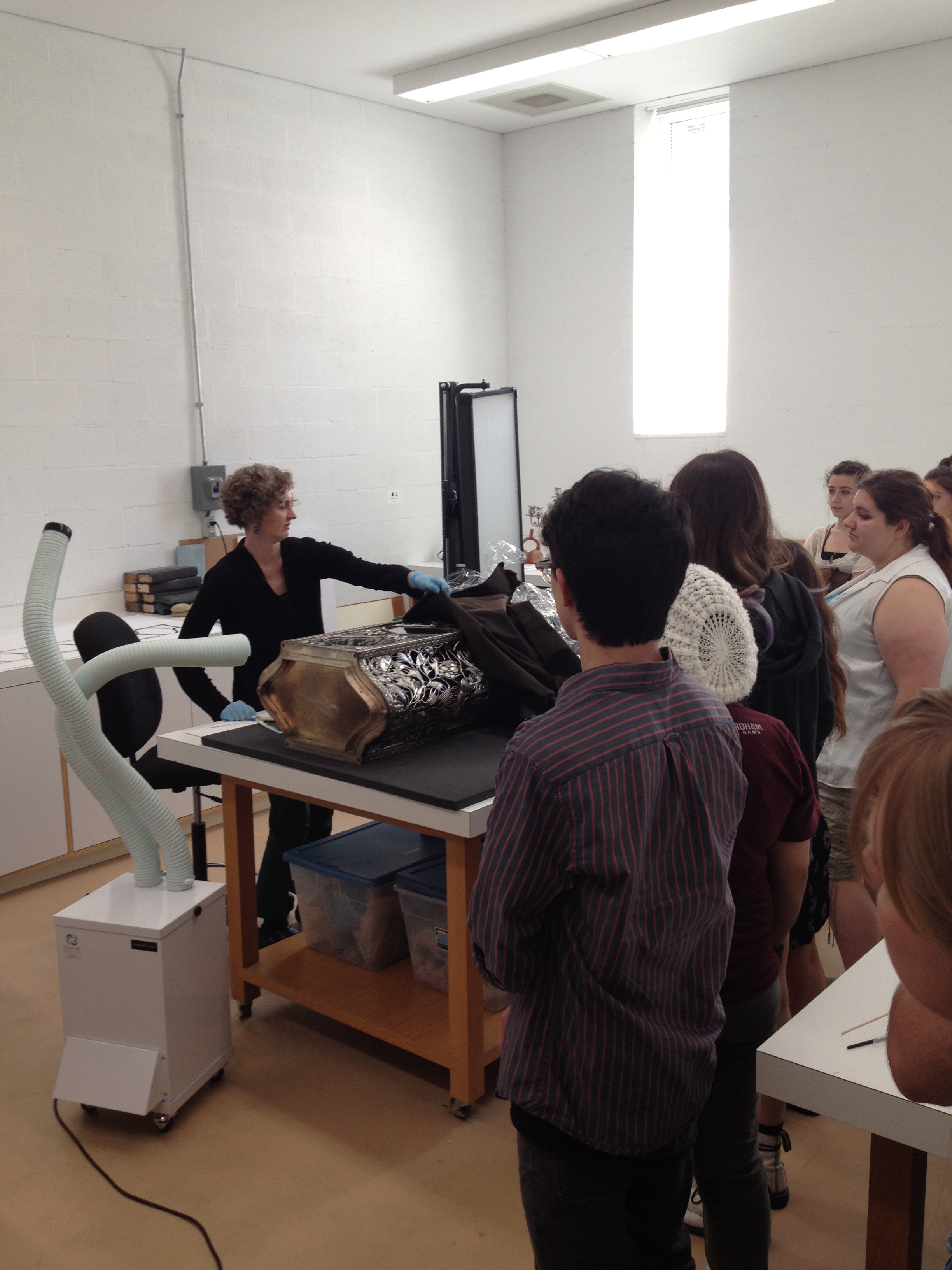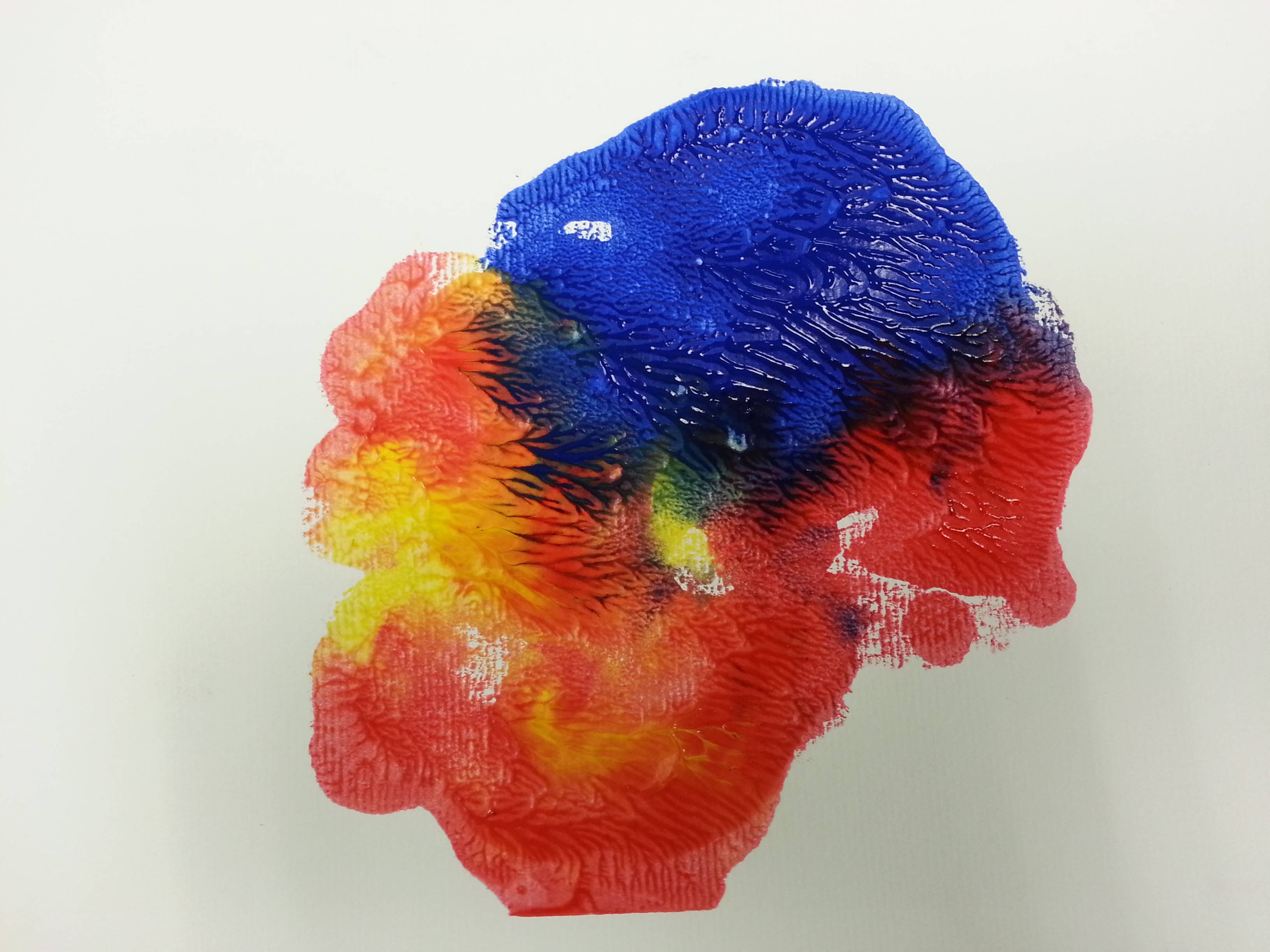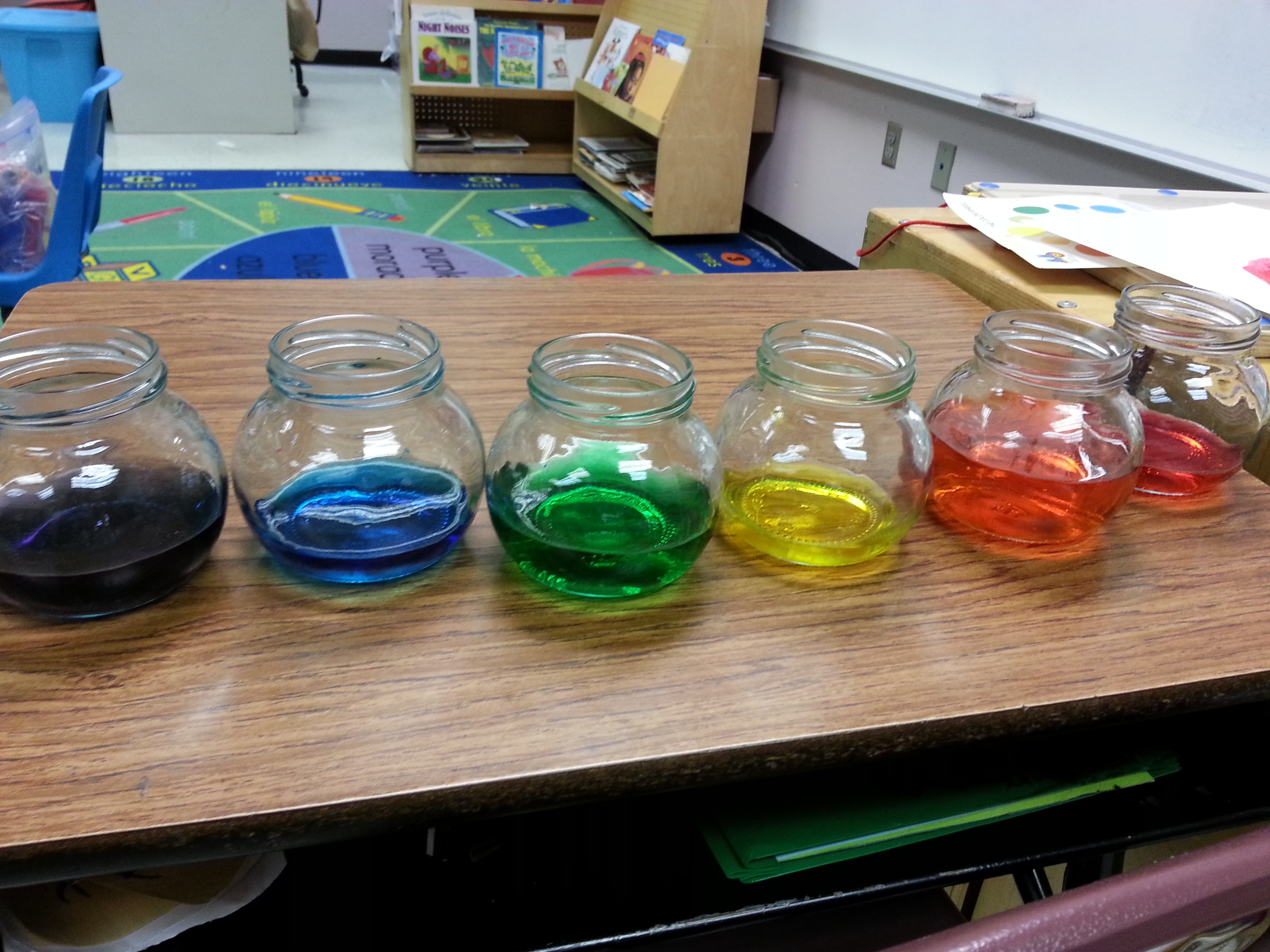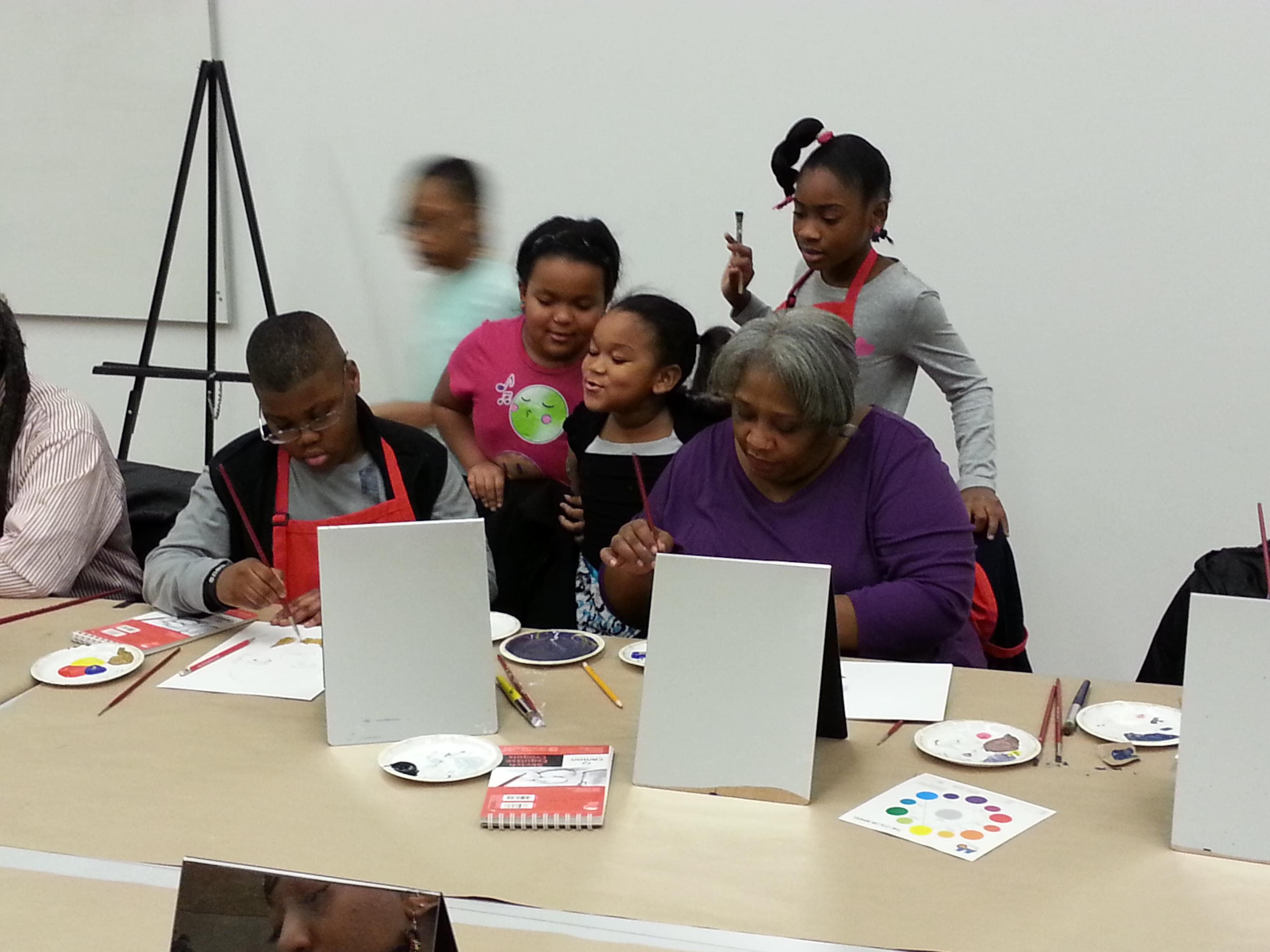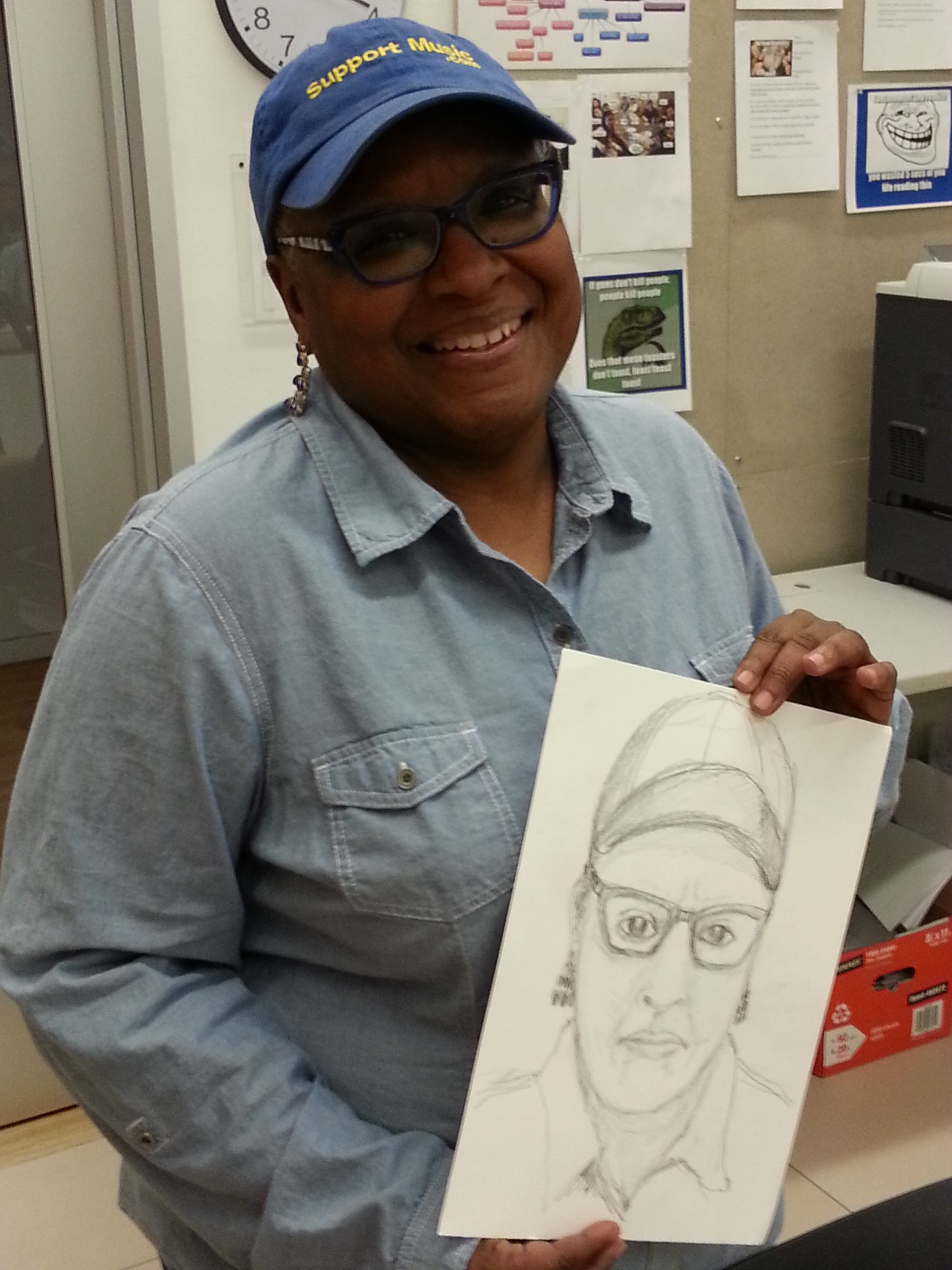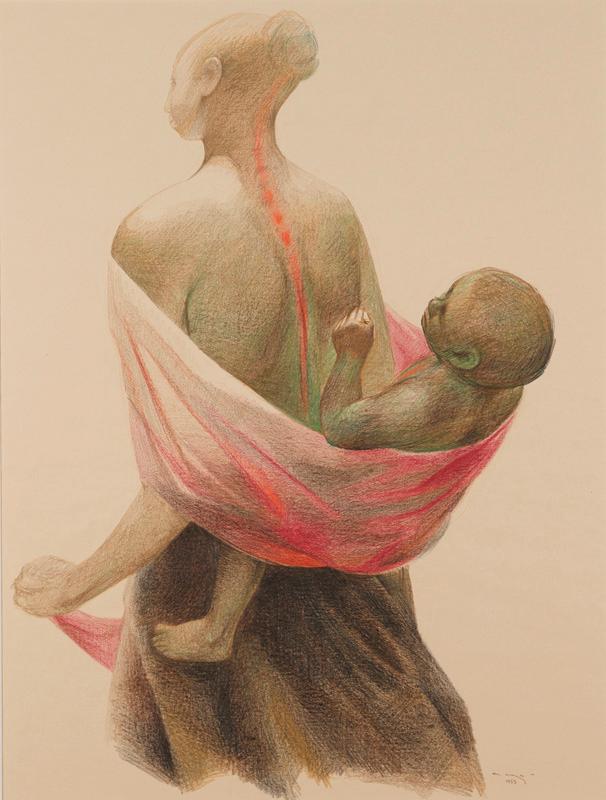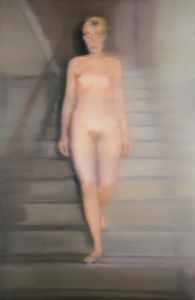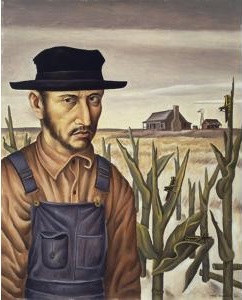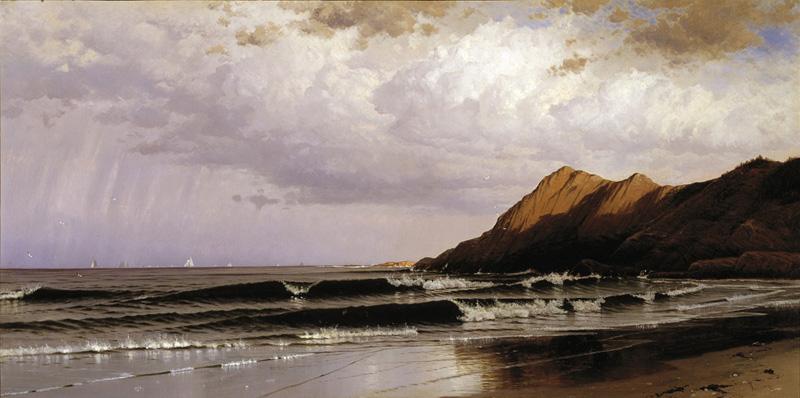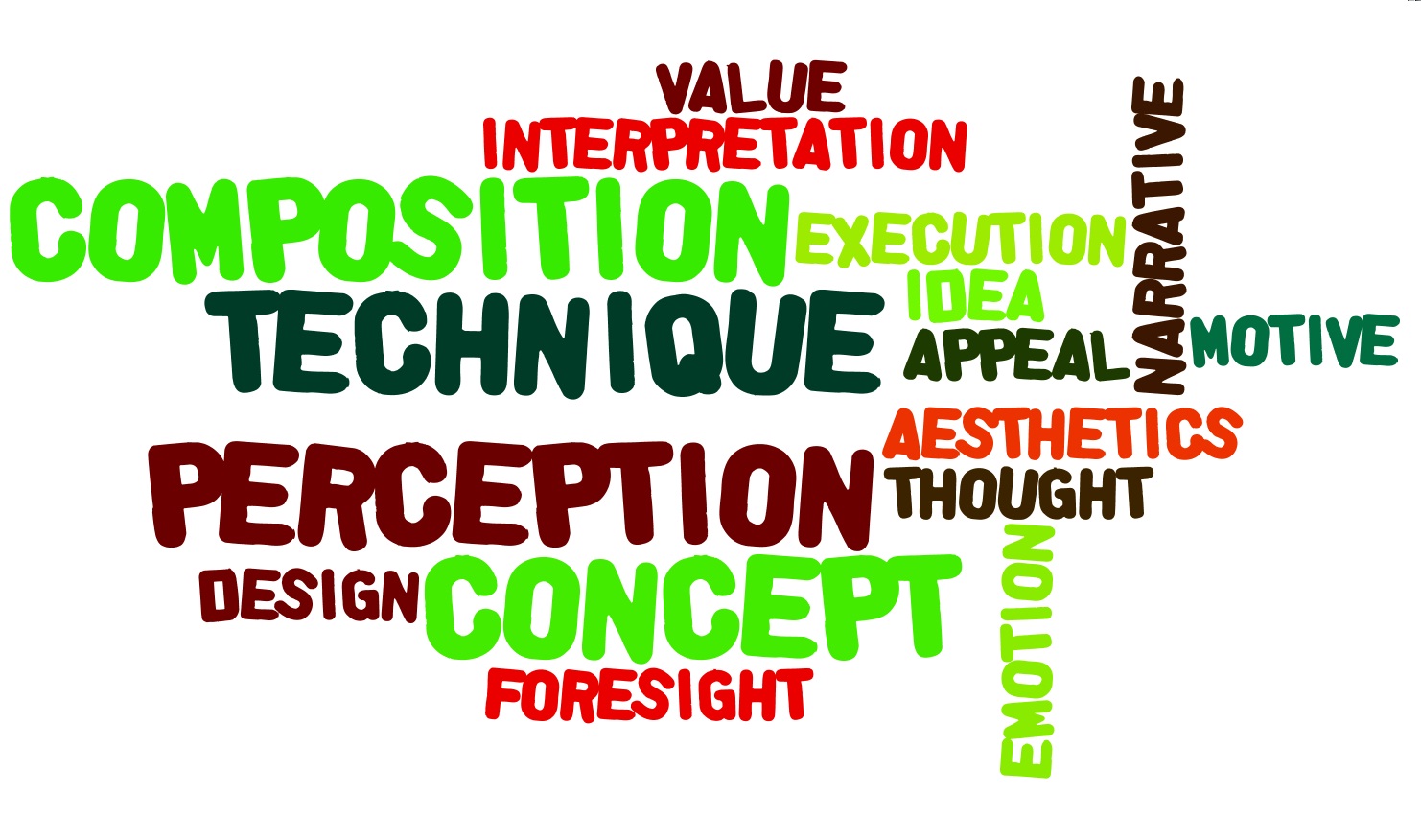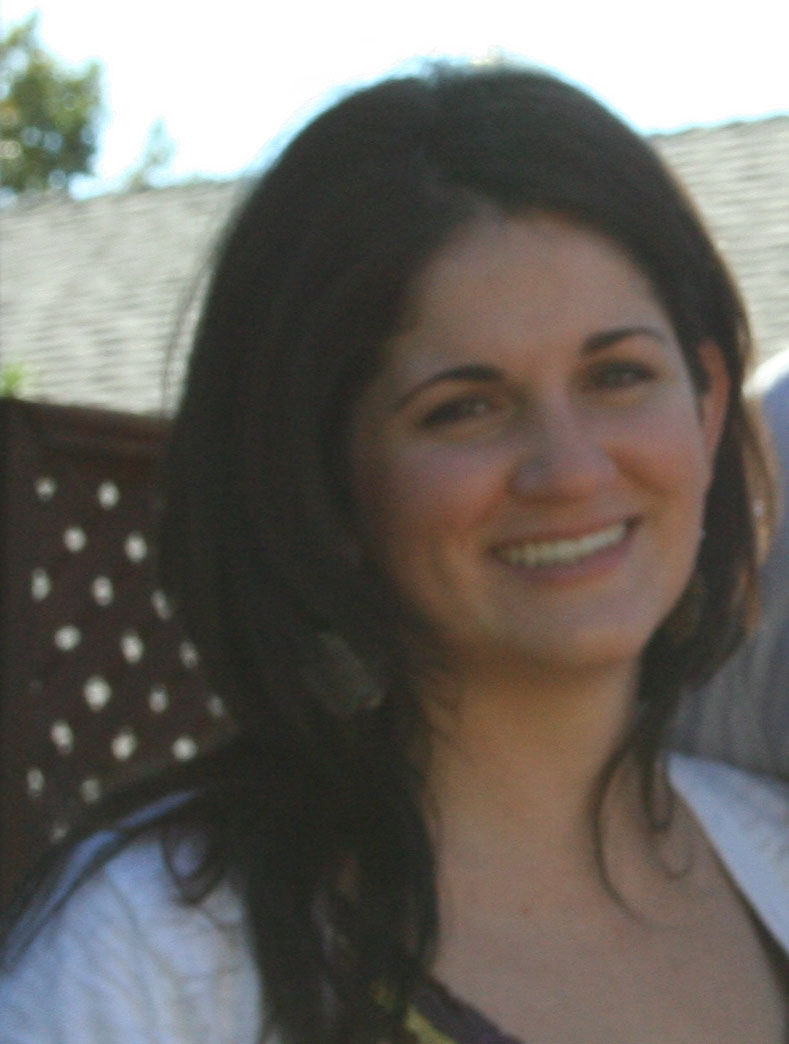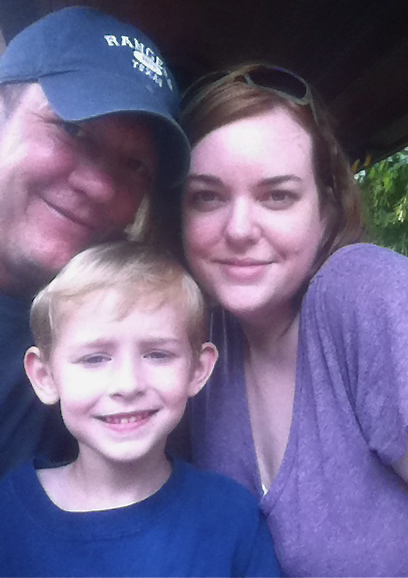It’s spring time, which means that the Learning Lab is back in session. The Dallas Museum of Art has partnered with Booker T. Washington HSVPA since 2011, providing an ‘ideas class’ for junior and senior year students. This year, students are working on an arsenal of professional writing to grow their careers as artists. By the end of the semester, students will have their first artist statements, resumes, personal essays, and curated portfolios ready to submit to colleges and opportunities beyond high school.
For people who interact with the world primarily through visual means, expressing yourself through words is easier said than done. We’ve taken advantage of the Learning Lab’s time in the Museum to get them thinking and verbalizing their thoughts about art in nontraditional ways. However, these activities aren’t just for artists—anyone can use them in the galleries! Here’s a game for you to try next time you visit the DMA.

This gallery game is a favorite here at the Museum! All you need is paper, a pencil, a friend, and your vocabulary to get started. Before walking into a gallery, choose which person will be the drawer, and which person will be the describer. 
The describer will choose a work of art in the gallery to describe, while the drawer, back turned toward the artwork, illustrates their partner’s description. The describer should be as specific as possible! Think about what you’re seeing: is it a portrait or a landscape? A bed or a chair? Is the tree at the top or the bottom of the painting?

Once the describer is finished, the drawer will turn around to compare their drawing to the real work of art. This activity often has funny results, but it also tests your powers of interpretation! As a describer, how well were you able to describe the work of art in front of you? Is there anything you missed or something you could have described in different terms?
As the drawer, what kind of information would you need to more accurately represent the work of art described to you? Did you need information about expression, location, or pose? Sharing feedback with each other expands your art vocabulary and your visual literacy. For both artists and art appreciators, this is a great exercise in expanding your visual literacy! Check out some more examples below:
- Canaletto, San Cristoforo, San Michele, and Murano from the Fondamenta Nuove, Venice, 1722–1723, Dallas Museum of Art, Foundation for the Arts Collection, Mrs. John B. O’Hara Fund
And don’t miss student work from Booker T. Washington and other DFW High Schools at Young Masters, open through April 16.
Jessica Thompson
Manager of Teen Programs
